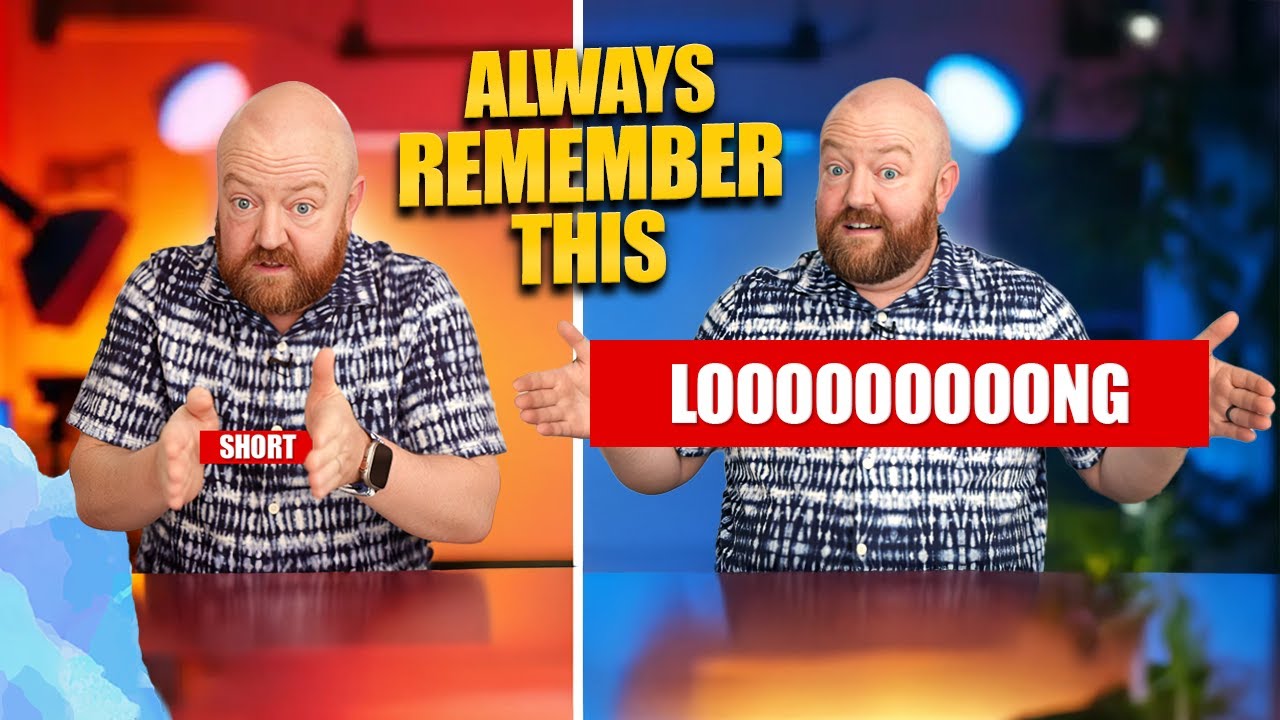When it comes to YouTube SEO services, there’s a serious problem. I’m bombarded with marketing messages daily—whether through LinkedIn, emails, or simply by searching online. It’s overwhelming. And let me tell you, most of what’s out there is not only ineffective but can actually damage your YouTube channel.
In fact, I’m going to be blunt: much of it is a scam. There’s so much misleading information and fake promises that I feel it’s my responsibility to warn you. The truth is, while there’s a right way to approach YouTube SEO, most of what’s being offered out there is going to hurt your channel, not help it.
Why the Popular SEO Tools Don’t Work
Another major issue is the widespread use of popular SEO tools, like VidIQ and TubeBuddy. These tools are often sold as must-haves for video success, but here’s the catch: they don’t work. And the worst part? Some scammers are leveraging these very tools to sell you their services. What they don’t tell you is that the data these tools provide is often inaccurate or flawed.
I’m here to show you the difference between what’s being pushed out there and what really works. There’s a right way to rank your videos at the top of YouTube—without relying on faulty data or wasting money on these questionable services.
A Real-Life Example of Misleading SEO Services
Let me give you an example of one of the emails I recently received. This guy, Abeer, reached out to tell me that my channel could use some SEO improvement. He pointed out “unranked tags,” “non-SEO-friendly titles,” and “low engagement” as potential issues. He even included a screenshot, showing red circles around various aspects of my channel, and claimed that he specialized in fixing these problems.
He used tools like TubeBuddy and VidIQ to highlight these so-called issues. But here’s the problem: I’ve used these tools before. In fact, I’ve even deleted them from my computer because, as I’ll show you in a moment, these tools don’t actually help you rank your videos—they just give you a score based on a checklist. And here’s the reality: even if you follow their checklist and score a perfect 100, it doesn’t mean your video will rank number one on YouTube.
Ranking at the Top of YouTube (Despite Low Scores)
Here’s a perfect example. Recently, I uploaded a video titled “How to Discipline a Child That Lies and Steals.” The video was only seven days old, and it already had over 800 views. But when I checked the VidIQ score, it was 32 out of 100. Ouch.
Then I checked TubeBuddy’s score for the same video—it gave me a 50%. Not exactly great, right? But the thing is, despite these low scores, this video was ranking at the top of YouTube for the search terms I targeted. This just goes to show that these tools are measuring the wrong things. They don’t check whether your video is actually getting the results you want—they’re just following a checklist that, while it might help with certain aspects of SEO, doesn’t reflect real success.
Avoid These Scammy Services
Let’s talk about some of the services you should avoid. I recently worked with a client who had been following my YouTube strategy and was seeing positive results. Her videos were starting to rank higher, and YouTube Analytics was confirming the growth. Traffic sources were showing an increase in search traffic, which is exactly what you want.
But then, she received an ad from one of these “SEO experts” promising to boost her channel. Tempted by the low price, she decided to give it a try. Unfortunately, the result was a mess. The views they generated were fake—coming from bots in places like India—and YouTube recognized them as such. While the numbers seemed impressive at first glance, they didn’t hold up in YouTube’s system.
These services can inflate your numbers temporarily, but they’re not helping you build real, organic growth. The likes, views, and engagement they promise are often coming from robots, not real people. And even if they claim to be doing things like link-building, that’s an outdated practice that hasn’t worked for YouTube in years. These services are just trying to get your money without offering any real value.
The Right Way to Rank on YouTube
So, how do you achieve real results? I’m here to show you the right way.
Take a look at Jason Schroeder, who’s ranking at the top for the competitive phrase “construction management.” He didn’t start with broad, high-competition keywords. He targeted low-hanging fruit—long-tail keywords and specific questions—then worked his way up. With this strategy, he’s now dominating the space. It’s a process, but it works.
Another example is Jay Townsen, who’s consistently ranking at the top for the phrase “become a politician.” This isn’t a fluke—he’s getting results from following a proven strategy.
I’ve helped countless clients achieve similar success, and I can show you exactly how to do it too. The key is understanding the steps that actually lead to organic, long-term growth—not relying on gimmicks or inflated scores.
I’ve created a detailed video on how to rank number one on YouTube, and I encourage you to watch it. It’s packed with actionable steps that will help you avoid the scams and start seeing real results.
Instead of paying for fake services that promise quick fixes, invest your time in learning and applying a strategy that works. Follow the steps I outline, and you’ll be well on your way to ranking your videos at the top of YouTube.
I’ll see you in the next video, where I’ll walk you through the entire process.





